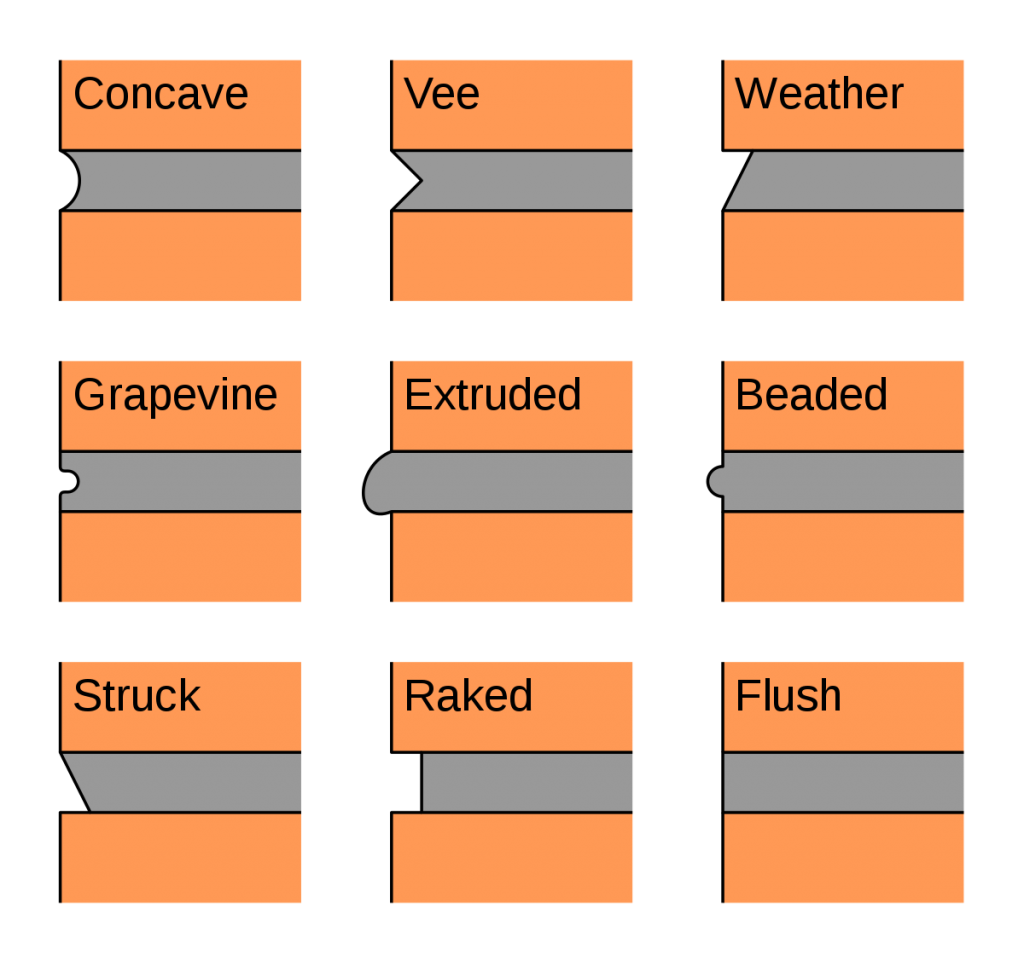Plastering in Construction and Pointing in Masonry Elements
Plastering in Construction and Pointing in Masonry Elements
What is Plastering in Construction?
Plastering is the application of a thin layer of mortar or concrete mix over the masonry wall surface. Plastering work covers the uneven surfaces and rough walls in the construction of houses with lime or cement mortar. A plaster acts as a damp-proof coat over the brick or stone masonry work. It also gives a finished texture over the masonry surface that is smooth and firm and therefore enhances the appearance of the building.
Terms for Plastering Process
Mortar
Mortar is a plastic mixture of water and cementitious material that hardens in place.
Plaster Coat
Coat is a thickness or layer of plaster applied in a single operation
Consistency
Consistency is a term referring to the workability of plaster, how easily the plaster can be applied to provide required finishing characteristics.
Expansion Joint
Provided to have discontinuity in plaster membrane to relieve stress
Background
The background is the surface on which the first coat of plaster is applied.
Dubbing Out
Dubbing out is the process of filling the voids, cracks, or hollow spaces present in the solid wall before applying the plaster.
Bado
Dado is a term used to refer to tiling is done on a vertical surface (column or wall).
Hacking
Hacking is a process of roughing out the concrete surfaces to provide better bonding.
Keys
Keys are the indentation or congregation on the surface of an undercoated, first coat on which the second coat is applied for a better mechanical bond.
Laitance
Laitance is a thin layer of cement, which forms over the plaster surface because of excessive toweling.
Back Coat
A rough coat applied before it is quite dry to ensure the adherence of the next coat. The thickness ranges from 10 millimeters to 12 millimeters.
Finish Coat
Finishing coat after the first coat is dried final coat of plaster is applied to give it a finishing touch. Joints should be avoided and the finishing coat should be applied in one operation, with thickness not exceeding six millimeters.
Peeling
Peeling separation of plaster from the surface due to inadequate bonding.
Flacking
Flacking is the process of scaling away patches of plaster of the previous coat due to lack of adhesion with the undercoat.
Plaster has traditionally been used to finish wall surfaces because it gives character to the building. Replacing plaster is expensive. Proper plaster application is the key to a healthy and long life of a building.
Pointing in Masonry Elements.
Pointing refers to the finishing of mortar joints in the exposed brick masonry or stone masonry using suitable cement or lime. Pointing protects the mortar joints from the effects of weather and improves the appearance of the building.
Why is Pointing Important?
- It improves the appearance of the entire structure.
- Protects the exposed mortar joints from the effect of atmospheric actions.
- Rectifies defective workmanship.
Method of Pointing
- Racking of joints should be done only for burnt brick masonry.
- It should also be of at least 20 millimeters and for uncoursed rubble 25 millimeters.
- The dust from masonry joints should be removed by using a brush (wire brush).
- The surface should be washed with clean water and kept wet for hours.
- The mortar of one is two (1:2) to should be used.
- Mortar paste is carefully inserted between the joints, using a small trowel and slightly pressed bringing new and old mortar closer.
- The surface should be well cured for at least 10 days.
Different Types of Pointing.
Some types of pointing are,
- Flat or Flush Pointing,
- V-pointing,
- Tuck Pointing,
- Raised, Pointing
- Recessed Pointing
- Rubbed or Grooved Pointing
- Struck Pointing
Flush Pointing
In flush pointing, the excess mortar is removed and the joint is flushed with stones. It doesn’t give a good appearance, but it is durable.
V- Pointing
First, fill the raked joints with mortar, then make it flat with the face of the wall by removing excess mortar with a wire brush.
Take a V-shaped tool to project the V-shaped crew on the mortar rather than inside or outside of the wall.
Tuck Pointing
In tuckpointing colored mortar is used to match the brickwork, and a network of scoured groves are filled by using a thin strip of lime putty.
Raised Pointing
Here is raised pointing, the projection of pointing is formed
Recessed Pointing
Mortar is pressing back by five millimeters or more from the edges. During the placing of mortar, the face of the pointing is kept vertical by a suitable tool.
This type gives a very good appearance.
Rubbed or Grooved Pointing
Rubbed or grooved pointing is also a modification of flush pointing, in which a groove is formed at its mid-height by the pointing tool. it gives a good appearance
Struck Pointing
Struck Pointing is a modification of flush pointing in which the face of the pointing is kept inclined, with its upper edge pressed inside the face by 10 millimeters, which drains water easily.


